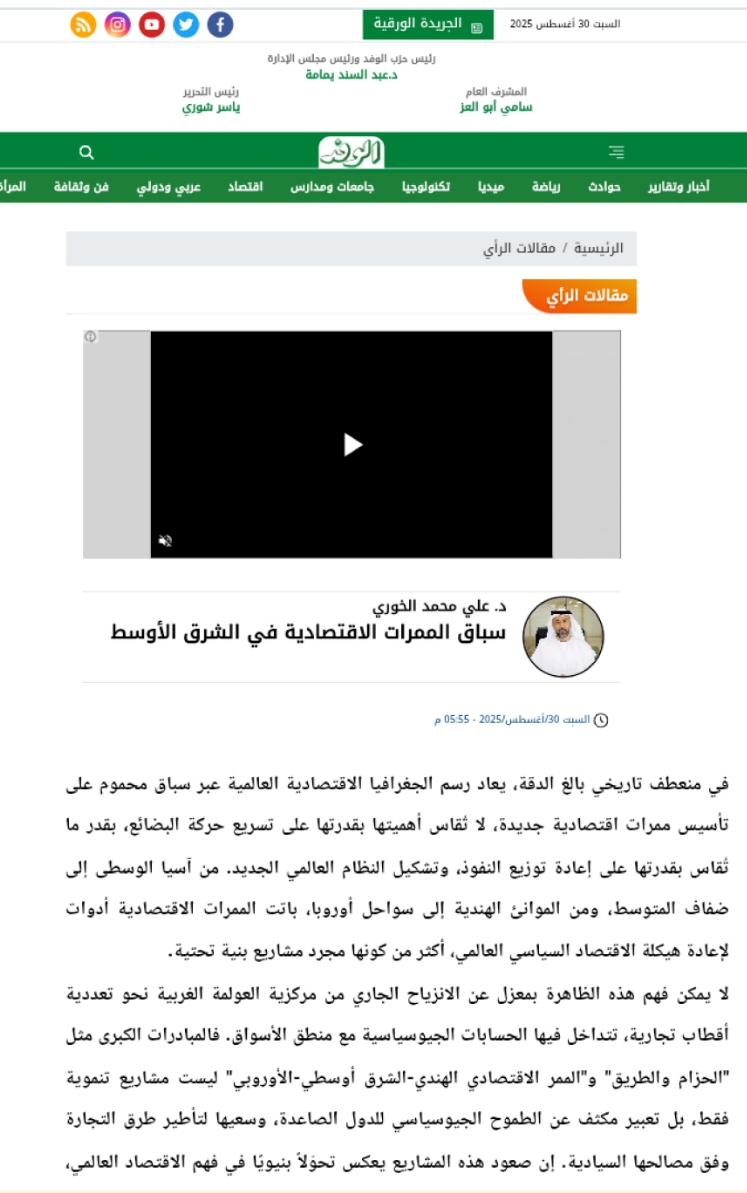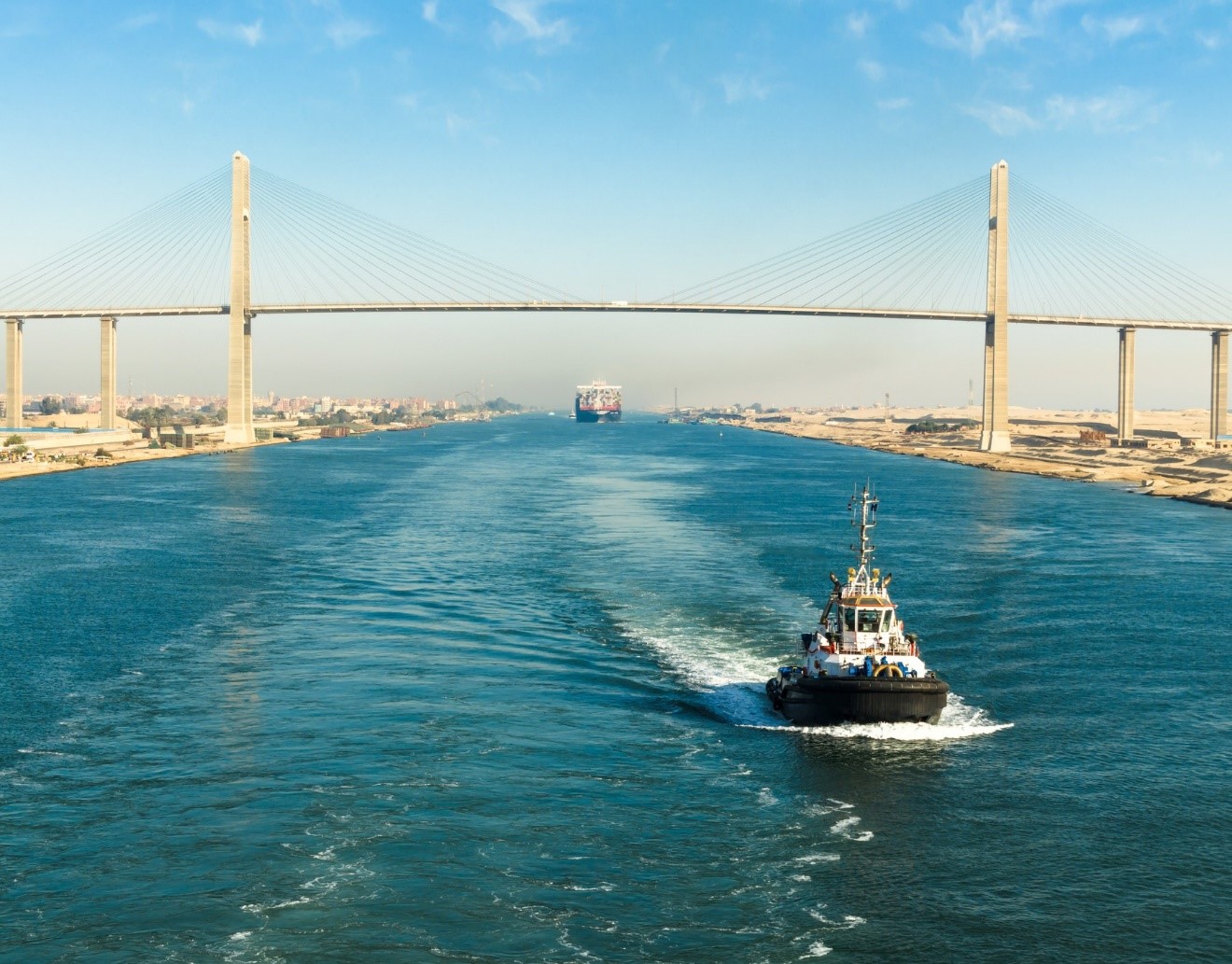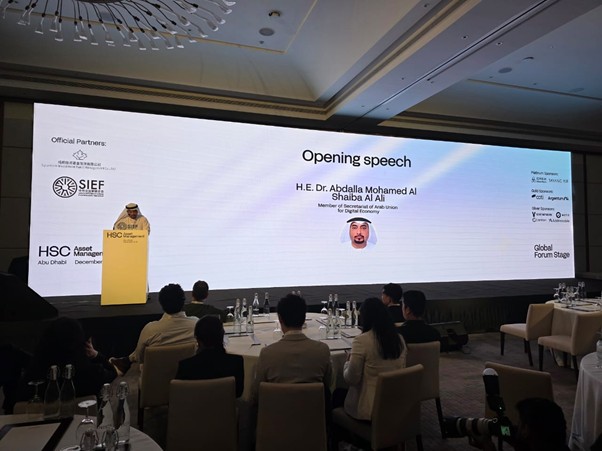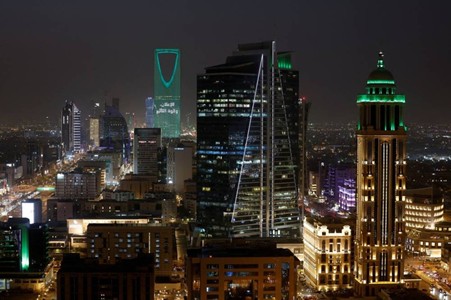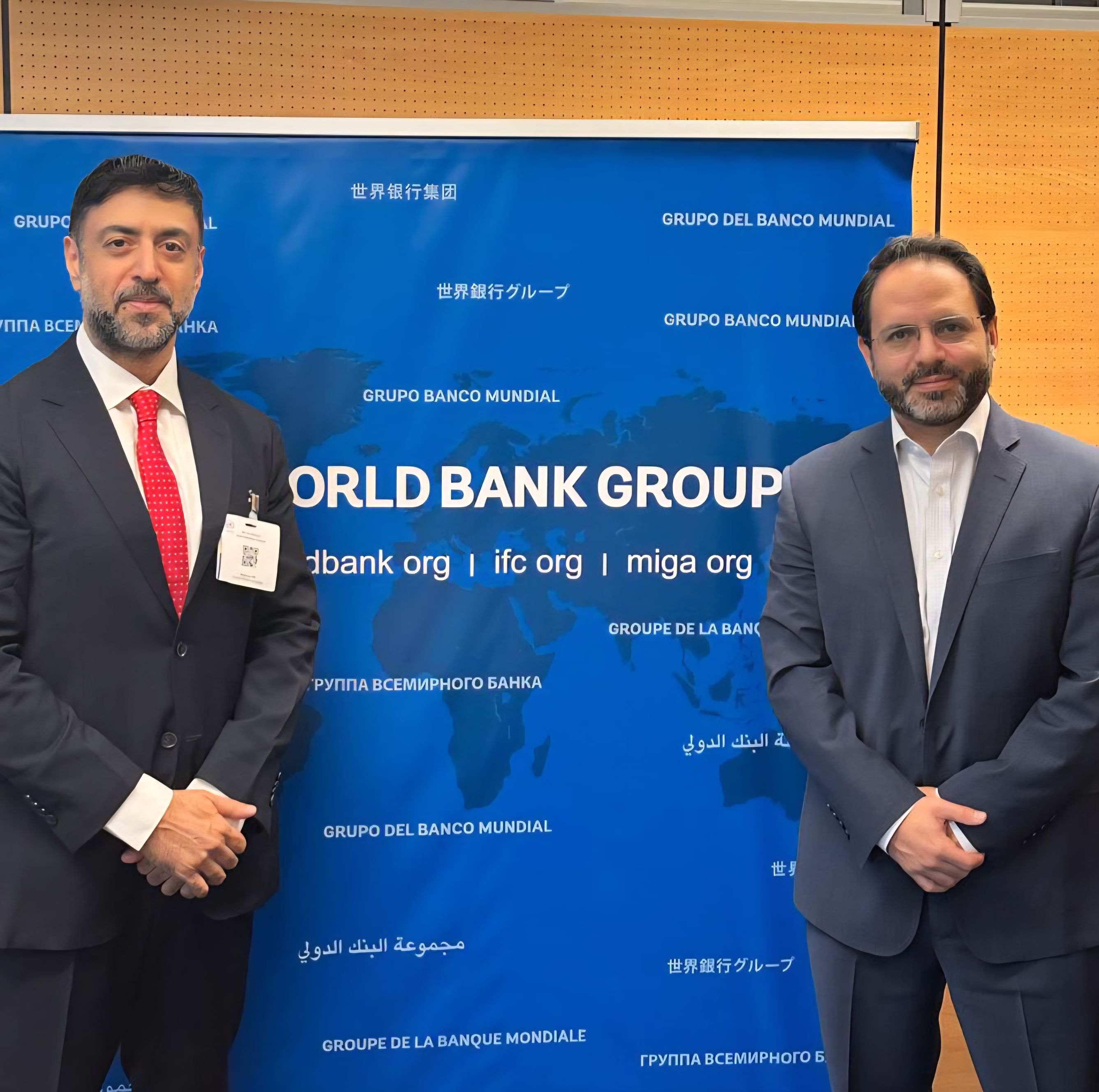Cairo
Source: Al-Wafd Newspaper
Prof. Dr. Ali Mohammed Al-Khouri
At a critical historical juncture, global economic geography is being redrawn through a frantic race to establish new economic corridors. Their importance is measured not so much by their ability to accelerate the movement of goods as by their potential to redistribute influence and shape a new world order. From Central Asia to the shores of the Mediterranean, from Indian ports to the coasts of Europe, economic corridors have become tools for restructuring the global political economy, rather than mere infrastructure projects.
This phenomenon cannot be understood in isolation from the ongoing shift from the centrality of Western globalization to a multipolar trade landscape, in which geopolitical calculations intertwine with market logic. Major initiatives such as the Belt and Road Initiative and the India-Middle East-Europe Economic Corridor are not merely development projects; they are a concentrated expression of the geopolitical ambitions of emerging states and their efforts to frame trade routes according to their sovereign interests. The rise of these projects reflects a structural shift in the understanding of the global economy, where corridors are no longer designed solely to transport goods, but rather to reengineer power.
In this context, the India-Middle East-Europe Economic Corridor agreement between India and the UAE in February 2024 cannot be read simply as an economic agreement, but rather as part of a broader strategic landscape. India, whose trade volume with Arab countries reached $240 billion in 2023, seeks to accelerate the flow of trade and expand its influence in its broader geographic region. However, this corridor faces severe geopolitical challenges, particularly in light of tensions in the Red Sea and the repercussions of the Gaza conflict, which threaten the stability of maritime routes and undermine the corridor’s reliability as a stable hub in the global trade system.
This landscape is inseparable from the position of the Arab world, which is gradually transforming from a mere geo-economic crossing point into an arena of open strategic competition. The Arab world’s geographic location, extending from the shores of the Mediterranean to the Horn of Africa, is no longer merely a geographical given; it has become a sovereign bargaining chip that Arab countries need to read from a new perspective. The corridors crossing their borders not only present logistical opportunities, but also challenges at the level of sovereign decision-making and international standing.
Hence, the idea of Arab economic integration emerges not merely as a tool for development, but as an existential necessity for entering the international arena as an actor, not a recipient. The absence of such integration weakens the negotiating capacity of Arab countries and opens the way for major powers to reengineer economic corridors to serve their unilateral interests. What is required is not only trade coordination, but also the development of a regional strategy based on a shared vision of the Arabs’ place in the new world.
What the region needs today is to move beyond the traditional model of integration, which has long been plagued by political contradictions and narrow interest structures. What is needed is an approach that embraces the logic of “functional integration,” as proposed by the French politician Robert Schuman, one of the founders of the idea of European unity after World War II. Integration begins in specific sectors (such as transportation and energy) and gradually extends to deeper levels of economic and political coherence. Within this vision, corridors become spaces of integration, not crossing lines for national interests.
Indeed, Arab countries possess the potential to transform themselves from their marginal role on the global trade map to its center. In addition to their geographical location, they possess vast energy reserves, a promising consumer market, and a young workforce that can be leveraged within joint regional industrialization strategies. However, these potentials remain hostage to the absence of transnational political will and the collective sense that economic destiny is determined not by individual countries but by the collective.
In this context, Egypt plays a pivotal role not only as a maritime transit point for the Suez Canal, but also as a potential engine for an Arab integration project capable of redefining relations with international powers. Egypt’s geostrategic location and history of engagement with the international system enable it to contribute to formulating a shared vision for guiding trade and investment flows in the region.
The fundamental question remains: Do Arab countries possess the courage to move from adapting to the paths charted by others to the ability to build their own economic paths? The answer lies not in technical measures as much as it requires a conceptual shift in understanding geography, such that it is viewed not as a passage imposed by geography, but rather as a tool for negotiation and sovereignty. Just as roads are drawn on maps by engineering decisions, political influence is charted through conscious will and an independent regional project.
At a time when powers are competing to direct trade routes not only through territorial control, but also through influencing patterns of economic thought.
In the context of global decision-making networks, it is no longer sufficient for the Arab region to remain a mere transit point on others’ maps. What is required today is not conformity to ready-made external strategies, but rather active participation in formulating new visions for the path itself. A geographic location, no matter how important, loses its weight if it is not supported by an independent path driven by a conscious economic vision and a network of interests stemming from within, not imposed from the outside. True power is no longer measured solely by the location of the land, but by the sovereign paths drawn upon it, expressing a collective ambition and restoring the region’s voice in shaping the future global economic order.
